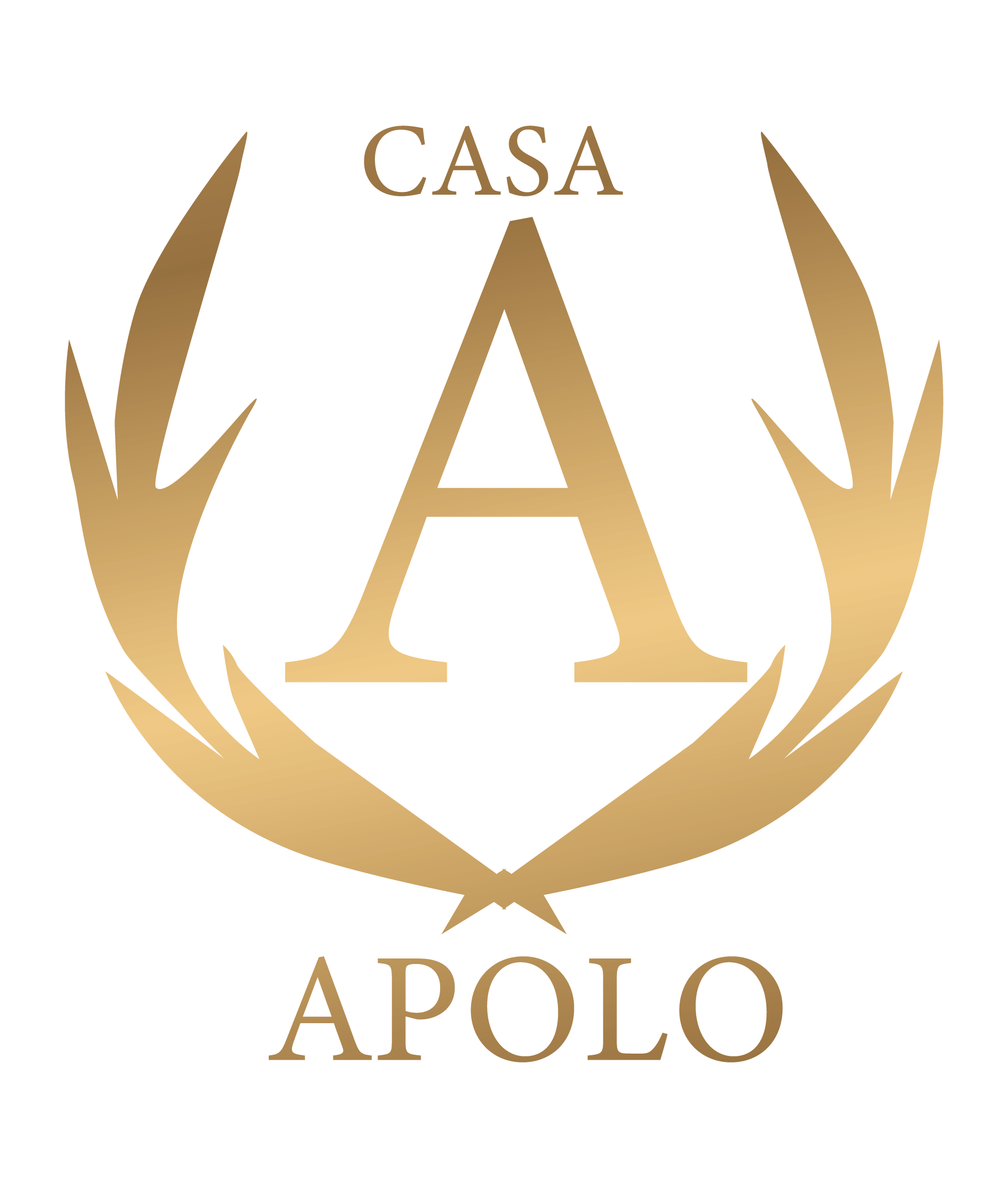
19 Mar AROUND THE WORLD IN 14 DRINKS
Gastronomy is a wonderful excuse to travel and an essential part of the culture of a town. But often we forget how drinks are part of that culinary heritage. Here it is a trip around the glove following 14 very emblematic national drinks.
Grappa – Italy
It is a spirit between 38% and 60% made with the pomace that remains after squeezing the grapes for wine, essential in any good Italian after-dinner meal. Although pomace brandy is made in many places in Europe, Italians have elevated their grappa to the category of delicatessen by refining the manufacturing process, selecting the starting grapes, eliminating the woody parts and taking great care of the packaging and presentation. Typical Italian marketing! Very popular as a digestive.
Jägermeister – Germany

Currently very popular outside the German borders, inside the borders it has been popular for a long time. It is produced in Wolfenbüttel, a beautiful town of half-timbered houses in the State of Lower Saxony. Its inventors boast that up to 56 spices, roots, and fruits are necessary for its preparation. It has an alcohol content of 35%.
Pisco – Perú
Although it is also very popular in Chile, Pisco is a Peruvian national drink. It is a distillate made from the fermented wine of certain varieties of grapes. It is a mixed drink, as it is born from strains brought by the Spanish from the Canary Islands and from the local traditions of distillation. It’s alcohol content ranges between 33% and 50 %. It is drunk plain or in one of the richest cocktails in the universe: the pisco sour.
Rum – Cuba
It has its origins in the Caribbean- some say in Barbados, others in Jamaica, or even in the French Antilles- but there is a country that identifies with this fermented and distilled sugar cane and molasses, then aged in oak barrels, it is Cuba. Rum and Cuba are two inseparable words. And those who have traveled there, know that in Cuba, rum taste better. In addition, it has given birth to memorable cocktails that are now world heritage: the Cuba Libre, Mojito, and the Daiquiri.
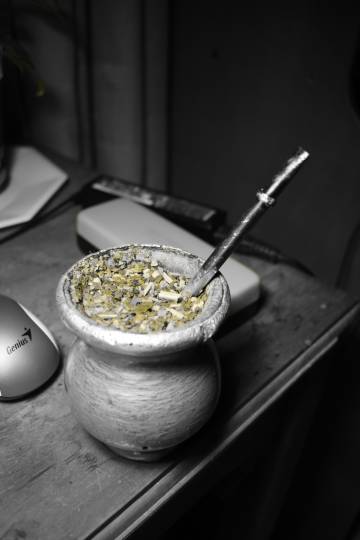
It is not an alcoholic drink, but it is the emblem of two neighboring countries, Argentina and Uruguay. Mate, or more precisely yerba Mate, is the national infusion in both, so much so that the geeks walk around the world, whether in business or pleasure, with the thermos, the bulb, and the yerba under the arm. It does not distinguish schedules or social classes, and in addition, the addicts value it from both favor and the ritual.
Cachaça – Brazil
It is the third most consumed distilled beverage in the world. Cachaça, one of the emblems of Brazil, where more than 40,000 manufacture’s – mostly small local companies – produce almost the entire worlds of this distilled and fermented sugar cane juice. If you travel through Brazil, they will give it to you at all hours and in a thousand ways. It is 40% and gives life to another cocktail that should also be the intangible heritage of humanity: the Caipirinha, made with Cachaça, lime, sugar, and ice.
Amarula – South Africa
This is the greatest discovery of my travels through Africa. It is a cream liqueur- extremely similar in color and texture to Baileys- that is made in southern Africa with the fruit of a savannah tree called marula (Sclerocarya birrea). It reaches up to 59 feet in height and it is also known as the elephant tree due to the love of the pachyderms for this fruit (it is seen that they also like it). It is the official drink of an African Safari. It is delicious.
Rajika – Balkans
Produced by the distillation of fermented fruits, this brany- like drink, is very popular in the Balkans and Easter Europe, from Slovakia to the Czech Republic or Hungary. In Serbia, it is its national liquor. The most used fruits are the plum, but it is also made from peaches, pears, apricots, or figs. It has an alcohol content between 50% and 60%. It is drink straight up, without mixings.
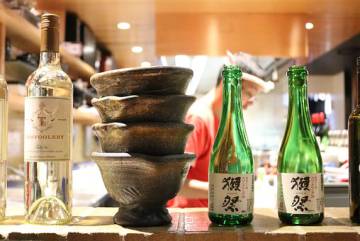
Sake – Japan
I am traveling through Japan and it happens to me what happens to all Westerners: I ask for a Sake and they do not understand me. In Japan it is call Nihonshu, the transparent drink obtained from the fermentation of rice and with 14% of alcohol. Sake in Japanese literally means alcoholic beverage, like a beer. No matter how you order it, it is delicious to accompany food or a dessert. It is taken hot or at any time. In the cold Japanese winter, a good bowl of ramen and a mug of hot Sake bring a dead person back to life.
Canelazo – Ecuador
Under this resounding name, is hidden a sweet and hot drink. It is made out of a cane liquor call Aguardiente, sugar or panela, and boiled water with cinnamon sticks. Typical of the mountainous regions of the Andes to combat the cold and celebrate winter activities. The Canelazo made on the coast does not taste the same as the Canelazo from the mountains.
Ouzo – Greece
Ouzo is a dry and sweet anise-flavored aperitif widely consumed in Greece. it is a transparent liquor. It is always present to special celebrations. It is 40%.
With an aniseed and sweet flavor, and made from grapes, ouzo is the liquor from this area of Mediterranean Europe. A transparent and colorless liquor always present to sweeten the celebrations and that is usually taken as an aperitif. It is 40º.
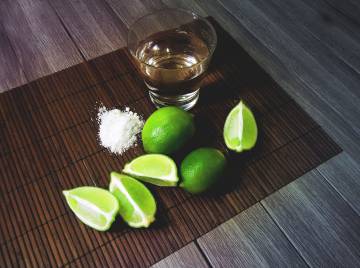
Tequila – Mexico
Mexico equals Tequila, few countries can be so openly identified with a drink. Mezcal is also consumed and very fashionable. Although they are cousins, they neither look or taste the same. Tequila is native of Jalisco, and it is made put off a single species of agave; the weber or blue agave. Mezcal can be made up to 14 different varieties of agave. According to the Tequila Regulatory Council, as of October 30, 2018, there were 1,407 registered brands of Tequilas. More than 200 million liters of tequila are exported per year, and 81 percent goes to the United States. In any case, with tequila or mezcal… long live Mexico.
Soju – South Korea
Soju is quite similar to vodka; it is the Korean national drink and their culinary pride. It is mainly made with rice; it can also be made with other starches like potato or cassava. It has around 20% alcohol.
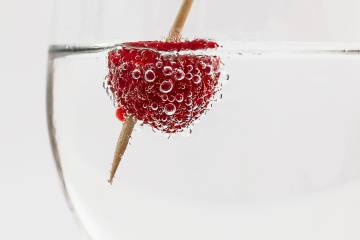
Vodka – Russia
And to finish our amazing trip, let’s talk about vodka, another inseparable binomial. Saying vodka is saying Russia, and vice versa. So much so that it is estimated that a Russian adult drinks an average of 20 liters of vodka per year. Without ignoring the alcoholism problems that this generates, vodka has also given rise to cocktails that are already a heritage of international cocktails, such as the Cosmopolitan, the Bloody Mary or the Black Russian.
Well, that is it. Health… and safe travels!
Note: Always remember to drink in moderation.
